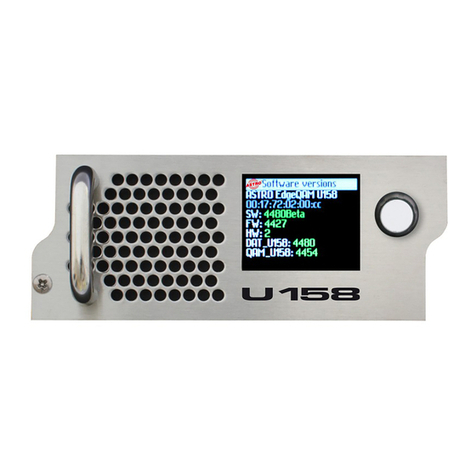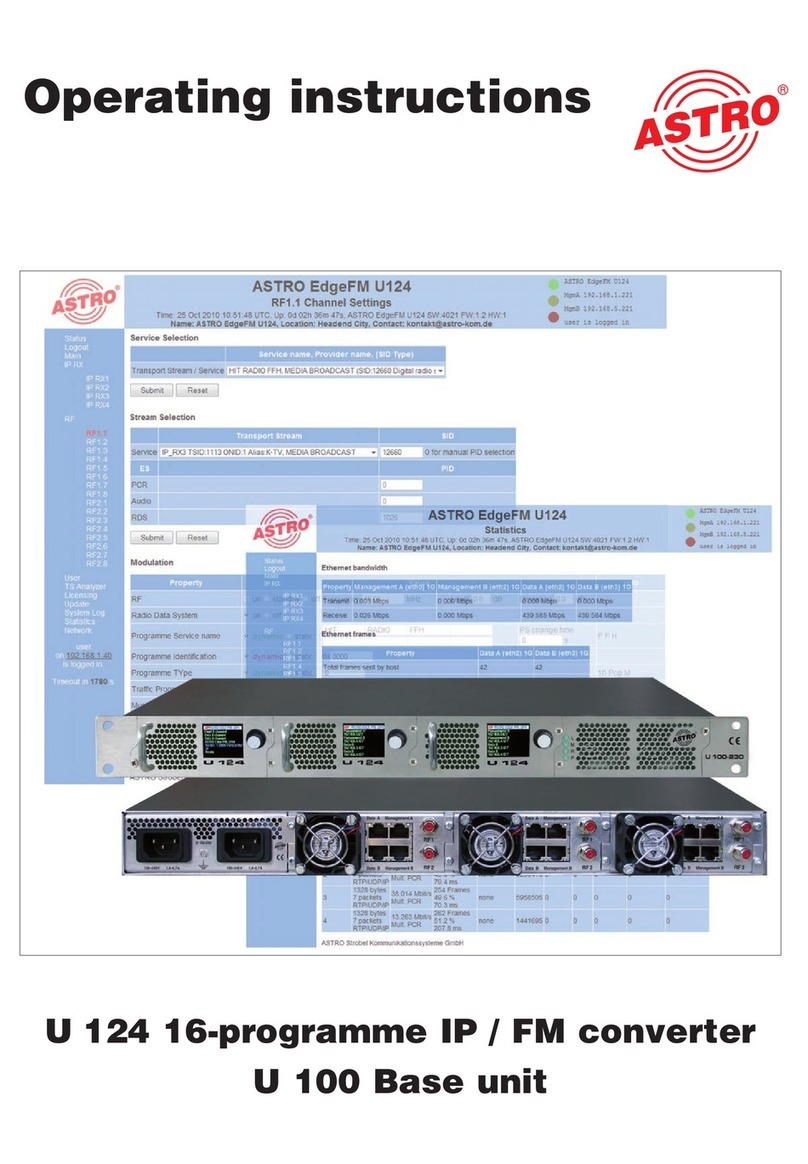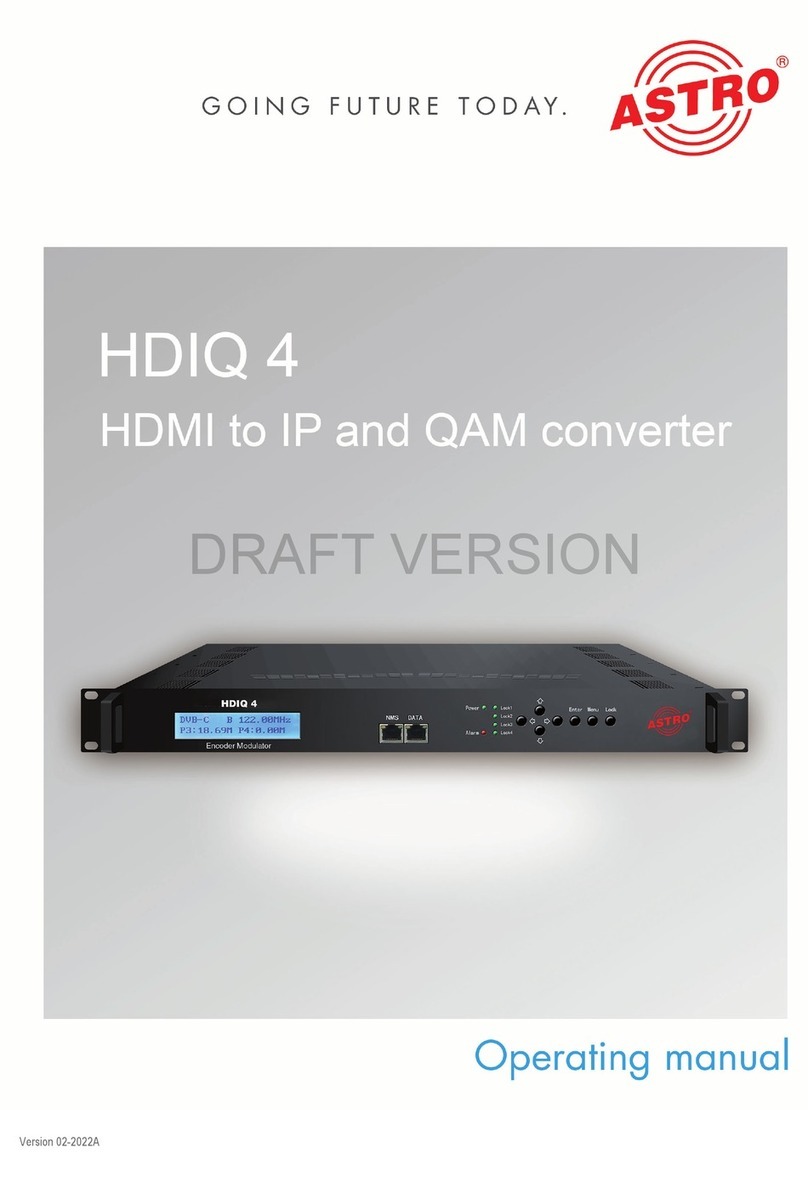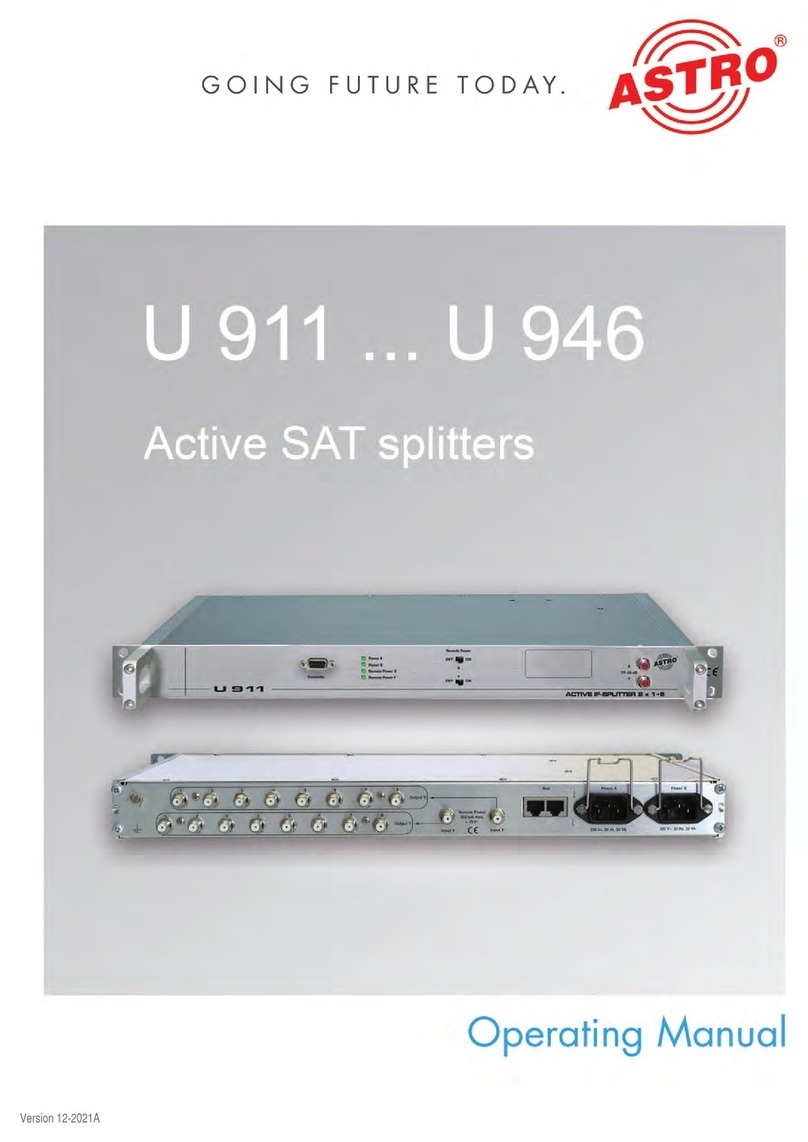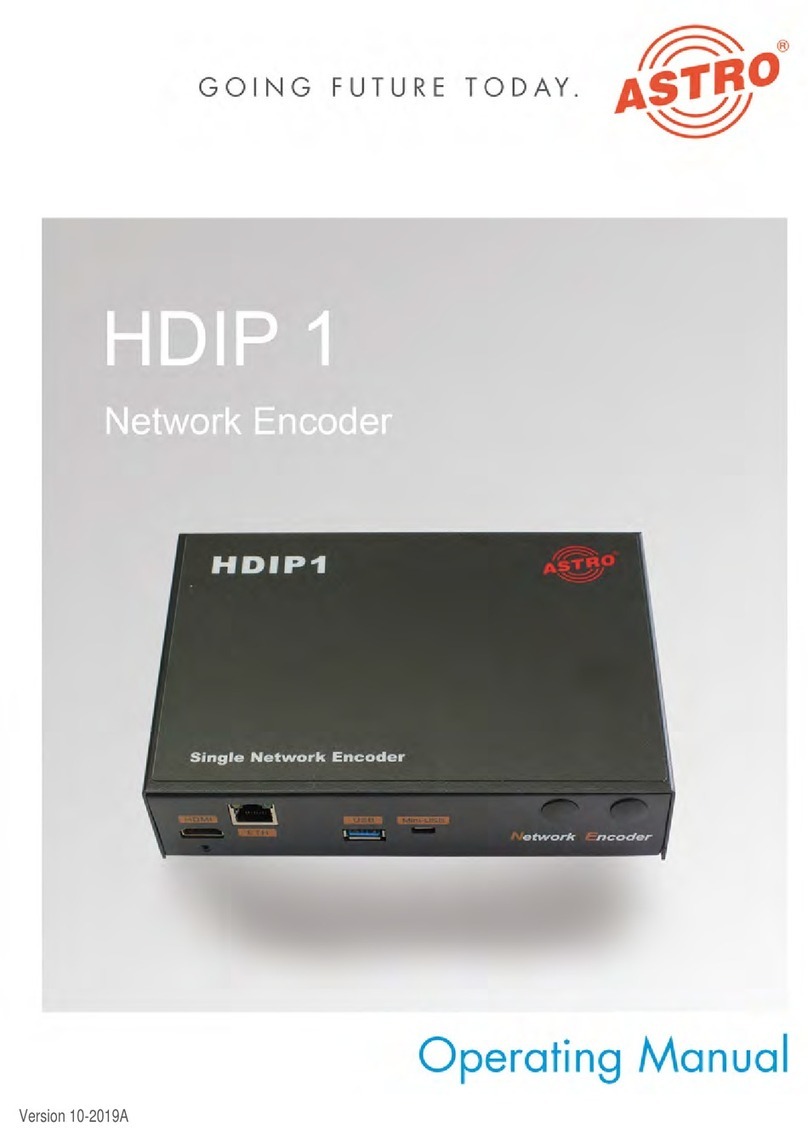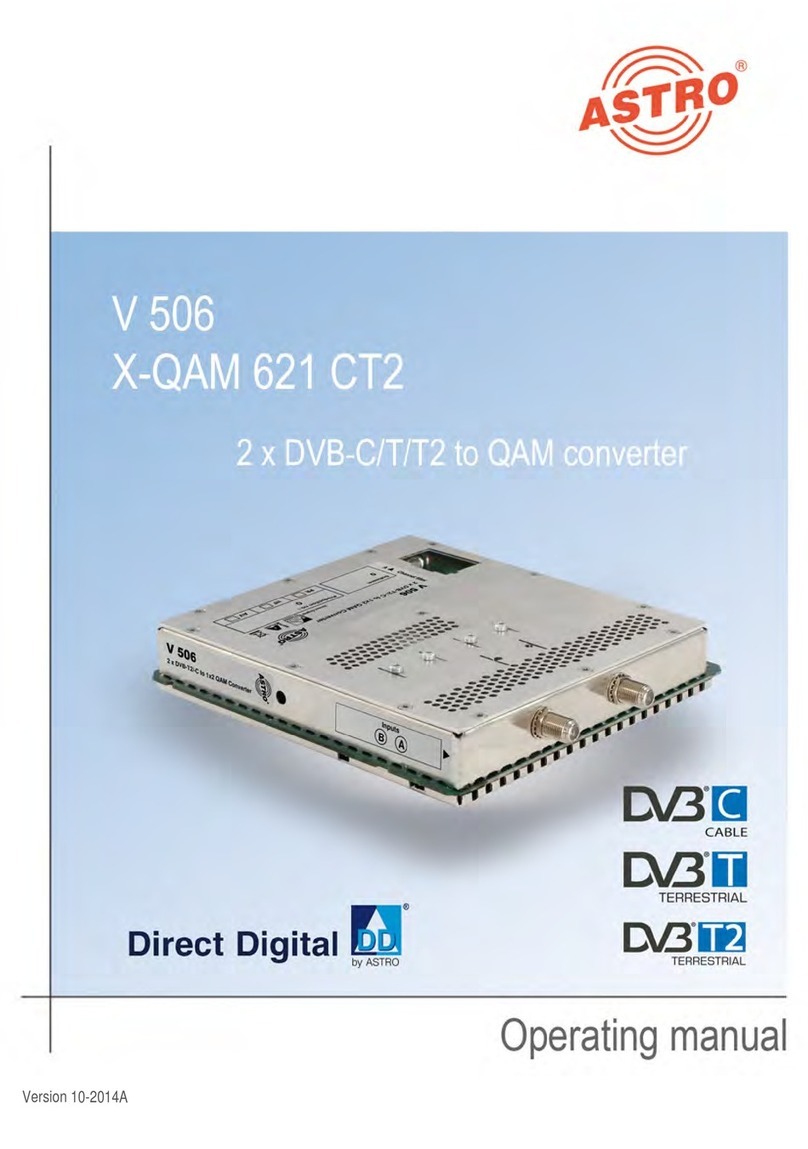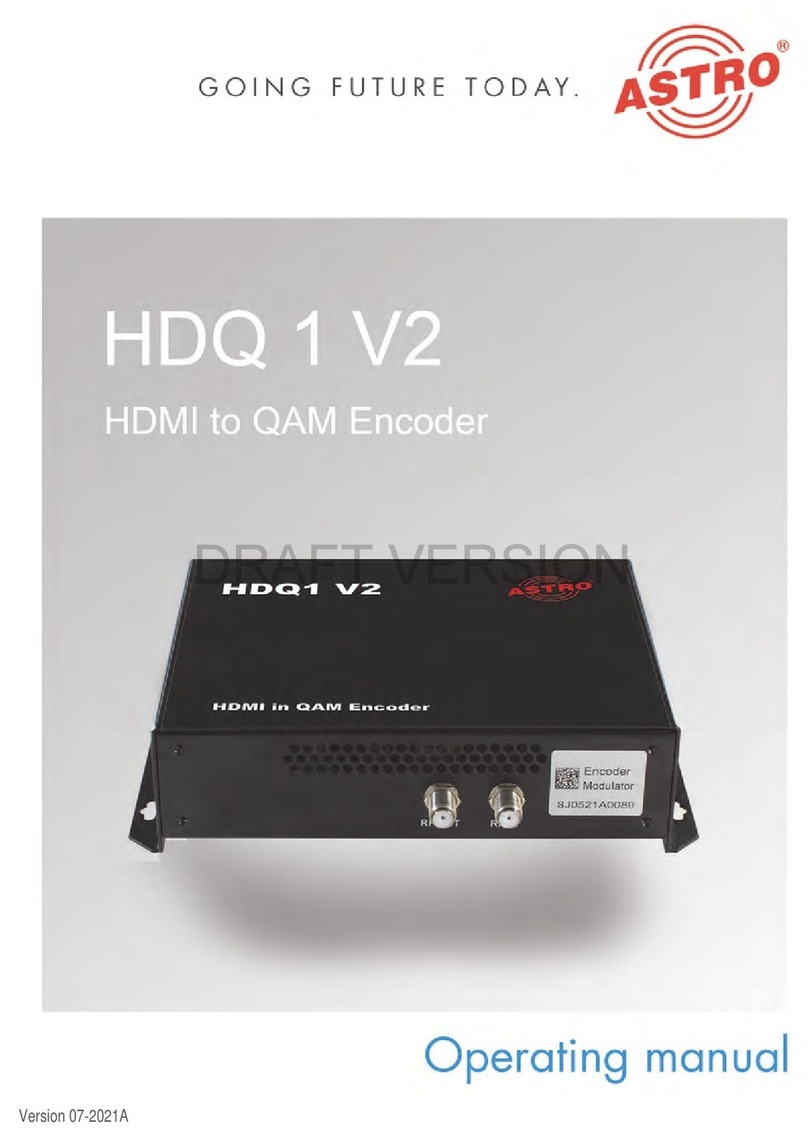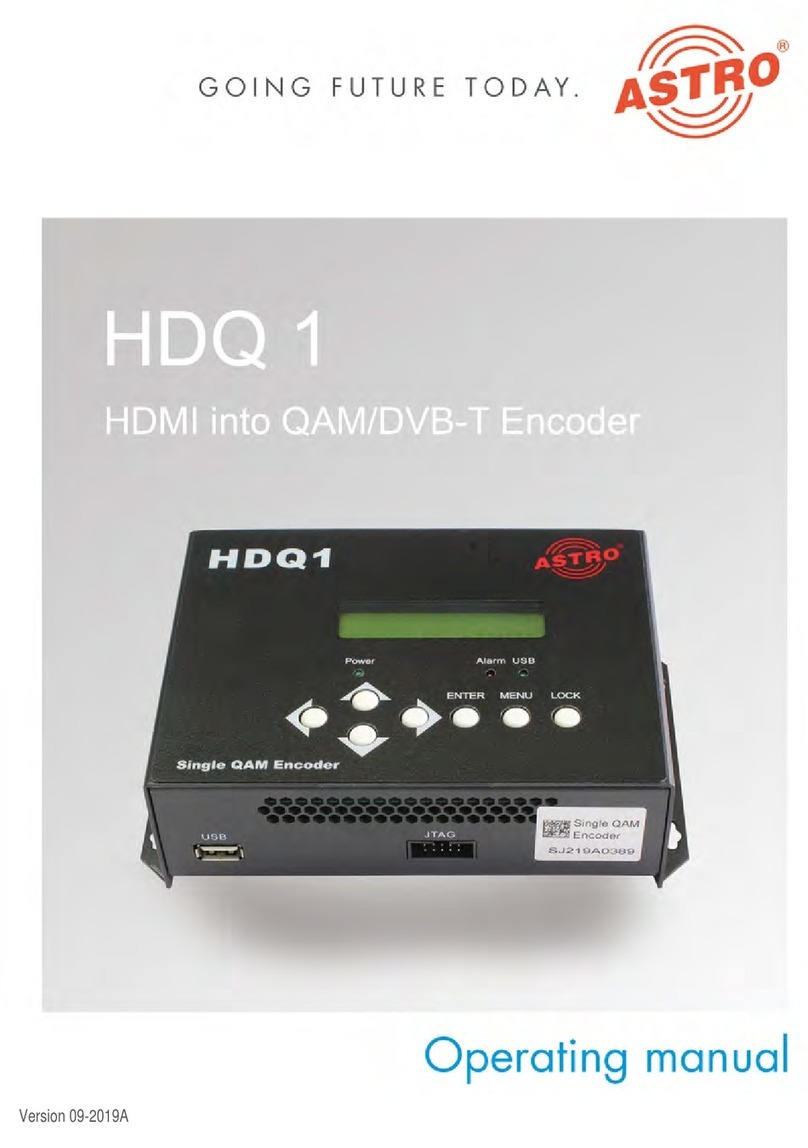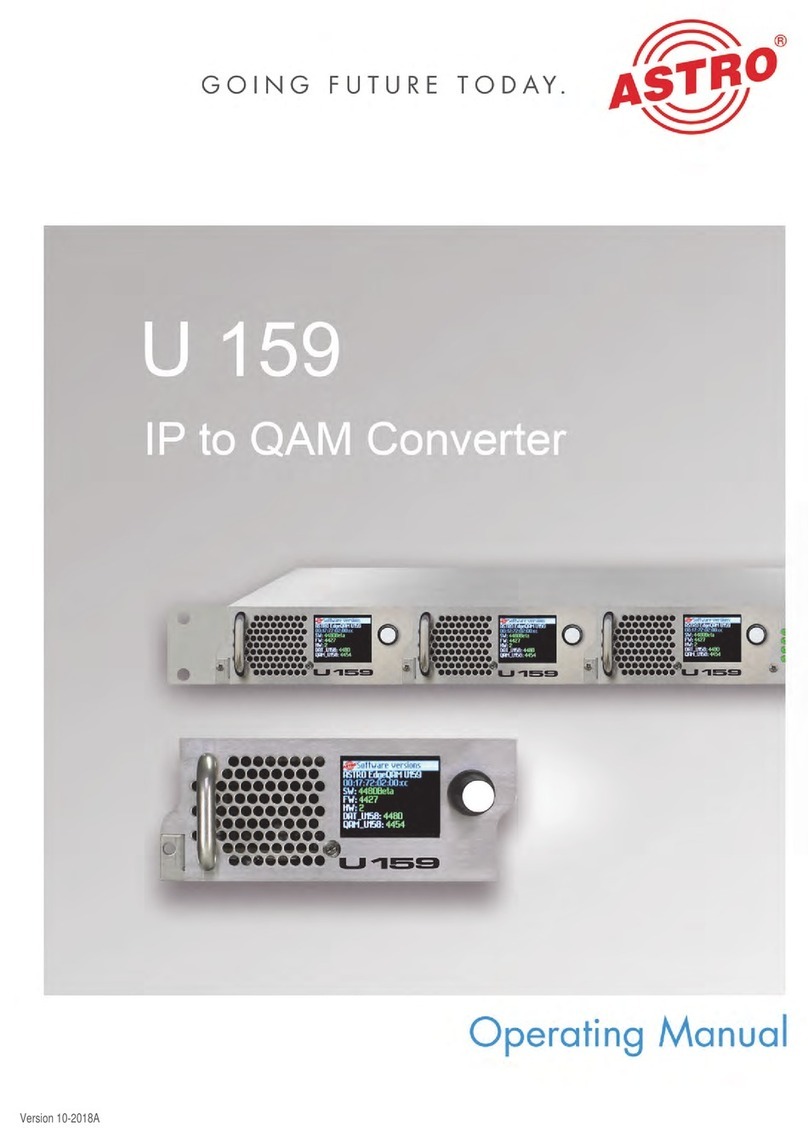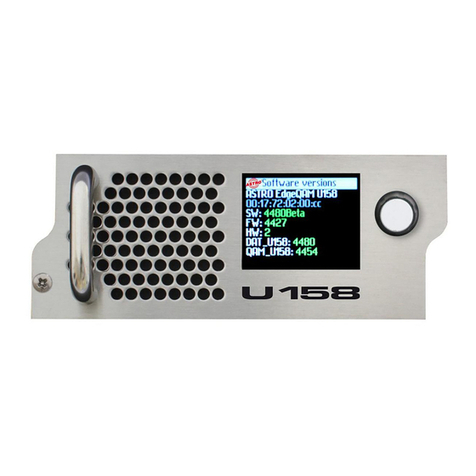
3
Operation instructions V 532
3
Contents
Pictograms and safety instructions.........................................................................................2
Illustrations.............................................................................................................................4
1 Description.............................................................................................................................5
2 Preferred board types.............................................................................................................6
3 Password protection for MTP function....................................................................................7
4 Planning screen of the basic unit ...........................................................................................8
5 Hardware configuration...........................................................................................................9
5.1 Tuner selection.......................................................................................................................9
5.2 Global SDT other / EIT other processing................................................................................9
5.3 "Three into three" or "Four into two“ multiplexer...................................................................10
5.4 Bypass function....................................................................................................................11
6 Test input parameters / signal quality...................................................................................12
6.1 Manual transponder selection...............................................................................................12
6.2 (De-)activating the front end.................................................................................................13
6.3 Lock on TS-/ON-ID...............................................................................................................13
6.4 Test signal quality................................................................................................................13
7 Output parameters / Level adjustment..................................................................................14
7.1 Output parameters ...............................................................................................................14
7.2 Level adjustment..................................................................................................................15
7.3 Configuration of the ASI outputs...........................................................................................15
8 TSR configuration ................................................................................................................16
8.1 Selection of TDT / TOT ........................................................................................................16
8.2 Buffering of the SI-/PSI-Tables.............................................................................................17
8.3 SI-/PSI-Processing...............................................................................................................18
8.4 Buffering of the NIT..............................................................................................................19
8.5 NIT-Processing ....................................................................................................................20
8.6 Buffering of the EIT..............................................................................................................21
8.7 EIT-Processing.....................................................................................................................22
8.8 Global SDT other / EIT other processing..............................................................................23
8.9 Configure repeat rates of the SI-PSI-Tables.........................................................................24
8.10 CAT configuration ................................................................................................................25
8.11 Saving and loading a TSR configuration...............................................................................25
9 Online routing.......................................................................................................................26
9.1 Assembling output bouquets ................................................................................................26
9.2 Resolve ID-conflicts / remapping of PIDs .............................................................................28
9.3 Exceeding the max. output data rate....................................................................................29
9.4 Service and PID view...........................................................................................................30
10 Offline routing / man. entry of ID filtering and ID remapping.................................................31
11 Logbook...............................................................................................................................32
12 Technical data......................................................................................................................33
13 Appendix / Explanations of the SI-/PSI-Tables .....................................................................34












